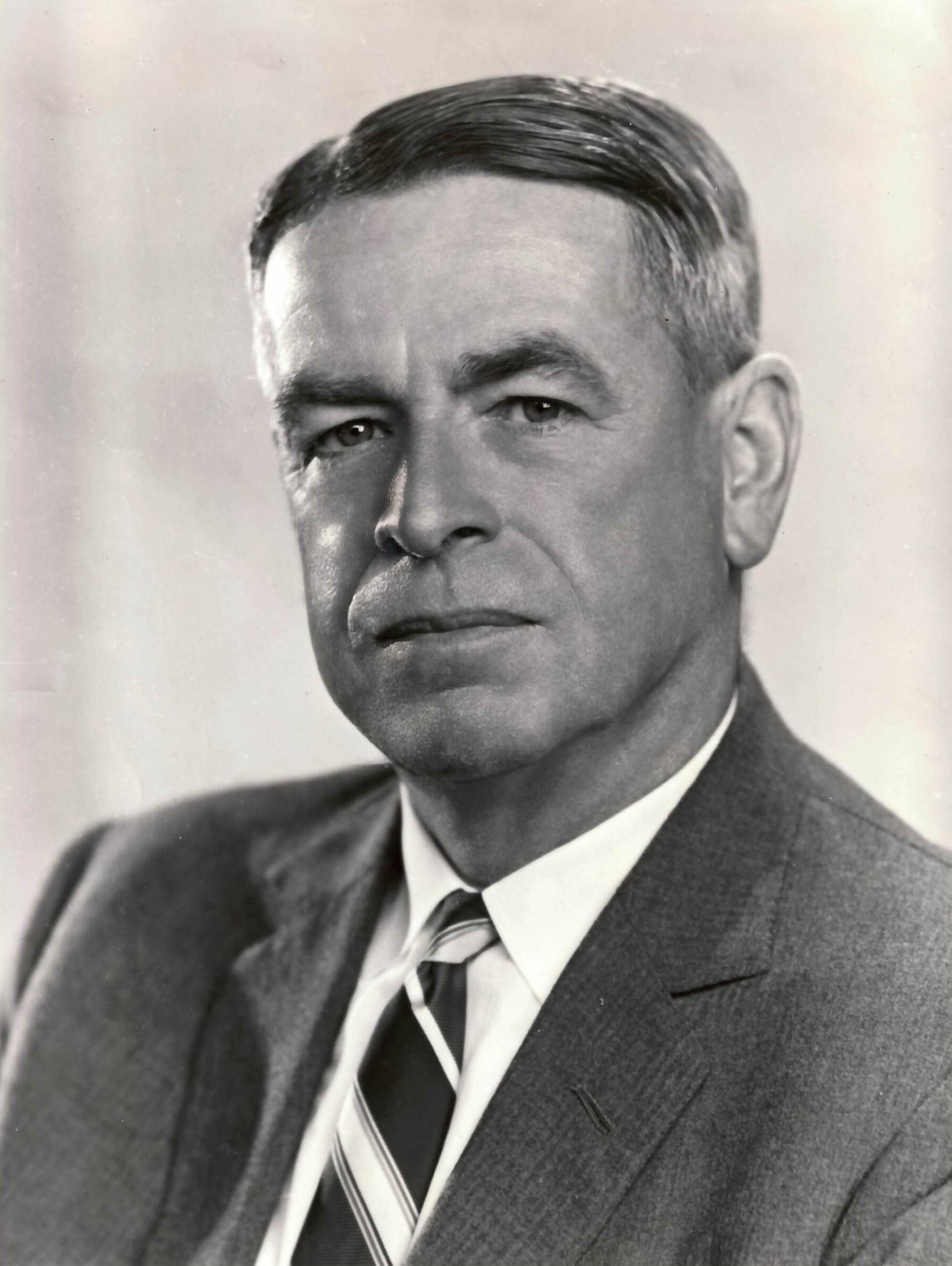John Halliday was born in Cooma, New South Wales, the eighth member of a family of 13 children. During early childhood, medical opinion suggested that he was unlikely to survive to adult age. Despite this prediction, he flourished and was educated at King’s College, Goulburn, where he matriculated in 1916 with first place in mathematics. He studied medicine at the University of Sydney and was among the last group to be taught by the original professors, Mills and Sandes. On graduation he became an intern at the Royal Prince Alfred Hospital, 1923-24, and the following year he was RMO at the Prince Henry Hospital, where his original interests tended to be surgical.
In 1925, following his marriage to Muriel Burkitt, daughter of a well known medical practitioner, his next six years were spent in a very busy general practice in Muswellbrook, NSW, and in 1931 he decided to come to Britain for postgraduate training in internal medicine. He studied for two years at The London, The Brompton and Queen Square, making longlasting friendships with both teachers and fellow students. He obtained his membership of the College and was elected a Fellow in 1955.
On return to Australia he held posts as honorary assistant physician to Lewisham Hospital, as official visitor to the Callan Park Mental Hospital and, in 1935, as honorary assistant physician at the Royal Prince Alfred. His practice grew as he gave his time and experience to the various outpatients departments at the Royal Prince Albert. He was associated with the first use of iatrogenic malaria in the treatment of general paralysis of the insane and developed an interest in electrocardiography, stimulated by his UK experience; he was one of the first physicians in Sydney to make wide use of it. From 1938 he largely confined his practice to cardiology.
In 1940 he enlisted in the Australian Army Medical Corps - and the generosity of a grateful patient enabled him to take a ‘portable’ electrocardiogram to the Middle East, which could be used in the field. His unit, 2/5th AGH, was commanded by John Belisario and included Bill Morrow, later Sir William Morrow [Munk’s Roll, Vol.VII, p.413], among others. The unit saw service in Palestine and Syria and John was involved in cardiological assessment for both British and Australian armies, the AIF being under British control. The hospital moved to Eritrea and John went with the advance party. Their trip down the Red Sea in a small coaster was accompanied by many tons of rotten onions and temperatures well into 40c, but soon forgotten on reaching Asmara at 9000ft and all the luxuries of the departed Italians. Later, John was sent to Adelaide River in the Northern Territory in charge of the medical division of the 117 AGH; several interesting papers came from the unit on botulism, polyarthritis and a distinctive type of encephalomyelitis. He was demoblized with the rank of lieutenant colonel.
On discharge he was soon appointed to the recently established Hallstrom Institute of Cardiology, a special department at Royal Prince Alfred Hospital initiated by Kempson Maddox (q.v.), Frank Mills and himself, with the financial assistance of Sir Edward Hallstrom. Affectionately known as ‘Cat’s ears’ because of his auscultatory ability, he became teacher, mentor and a legend in cardiological examination among many present day Australian cardiologists. He was appointed medical officer to the Australian Mutual Provident Society in 1946 and chief medical officer in 1952, a post he held until 1964.
Together with his actuarial colleagues, he was responsible for the introduction of numerical, as opposed to age, ratings in insuring substandard lives. He helped to establish the Life Insurance Medical Research Fund of Australia and New Zealand, being its first medical director, 1953-59. He was a founder fellow of the Royal Australasian College of Physicians, to which he gave long and faithful service. He was a foundation member of the Cardiac Society of Australia and New Zealand in 1952 and its president from 1962-64. He also played a large part in the establishment of the National Heart Foundation of Australia.
He was a superb clinician and an excellent teacher, one of a number of men responsible for the growth of cardiology in Australia in the 1950’s and 60’s. He was a clear thinker and a good communicator, giving unfailing support to many aspiring young doctors. His extraordinarily youthful appearance, his ready smile and enjoyment of conversation - both medical and non-medical -delighted all who knew him.
In the late 1960’s, Muriel and John left their lovely home in Sydney for planned retirement in Moss Vale. John spent his time reading, gardening and listening to his beloved chamber music. His medical colleagues in the area sought his opinion as a cardiac consultant but when he himself suffered a cardiac illness in the mid-1970’s he retired from all medical commitments. They had three children - Peter, a surgeon; Janet, an architect; and James, a lawyer, judge and writer. They were a very supportive family, particularly when it proved necessary for his parents to return to Sydney, where John continued his interest in his colleagues, his music, reading and bridge. Muriel had become blind and John was a loving companion. He missed her sadly when she died in 1986. He stood his own medical tribulations with patience and fortitude; a remarkable and gracious man.
E J Halliday

